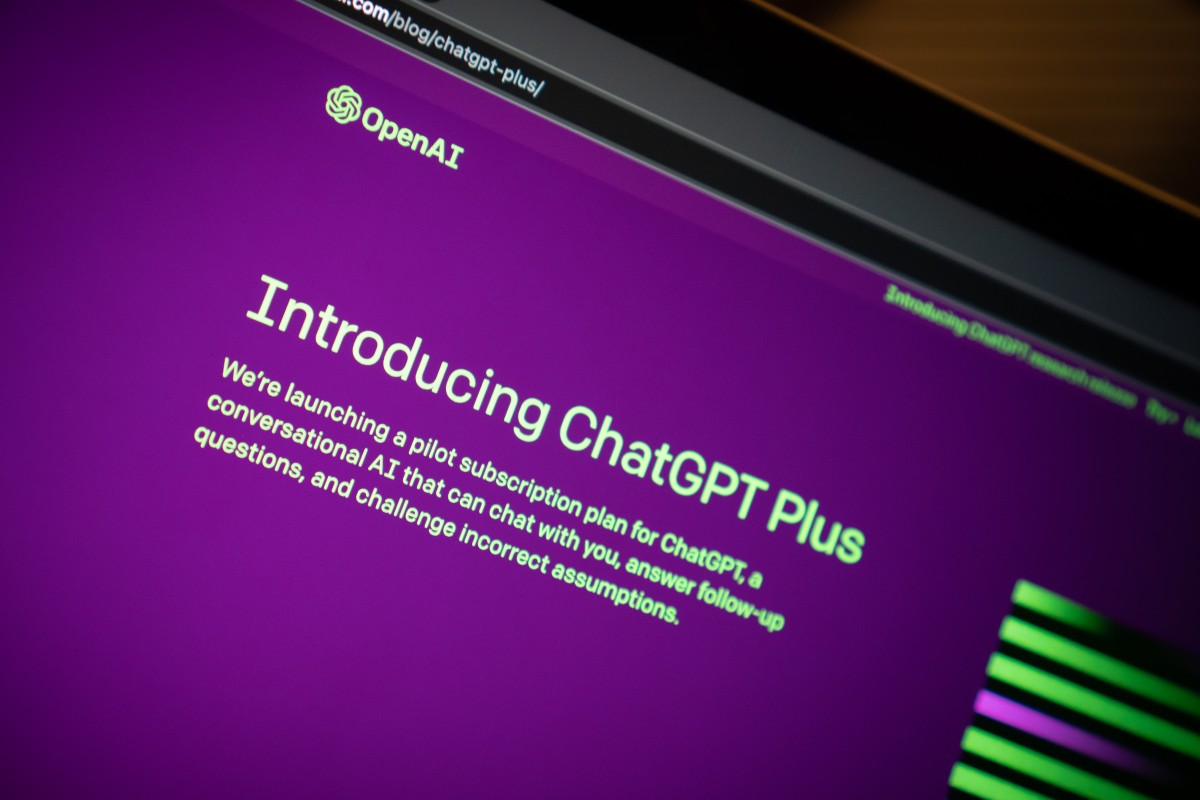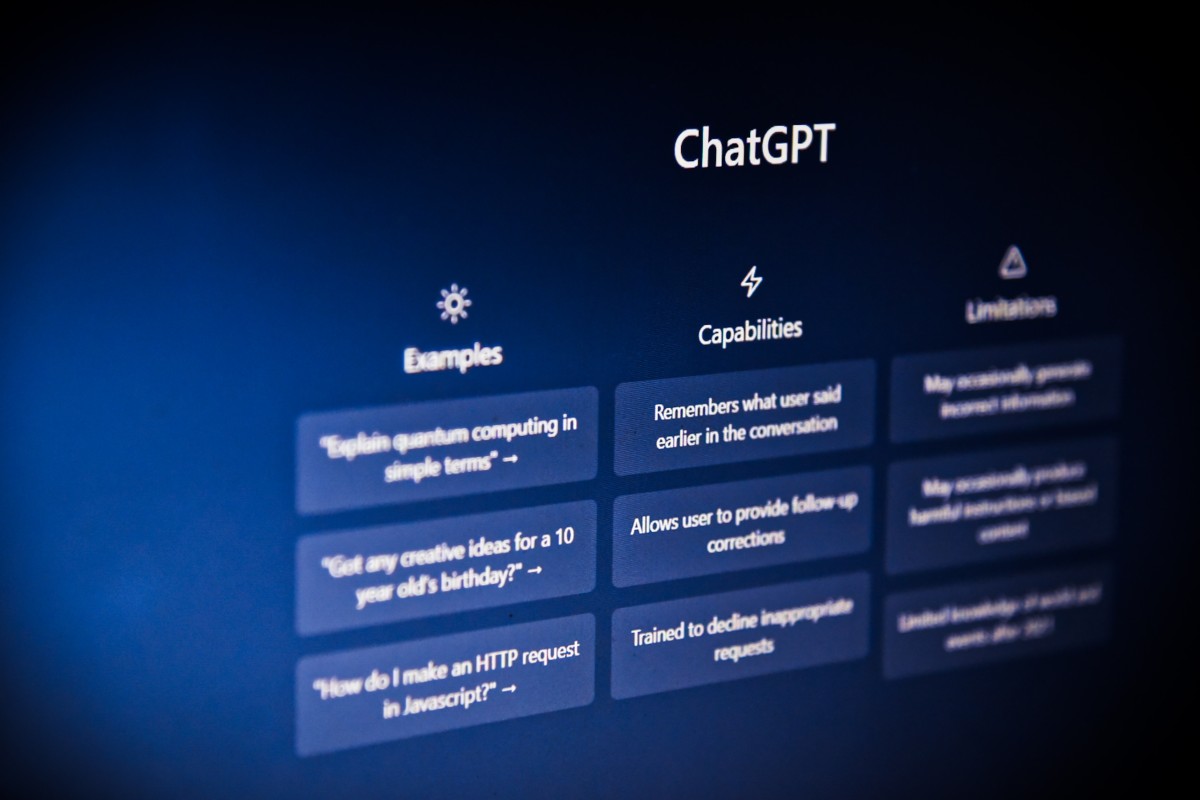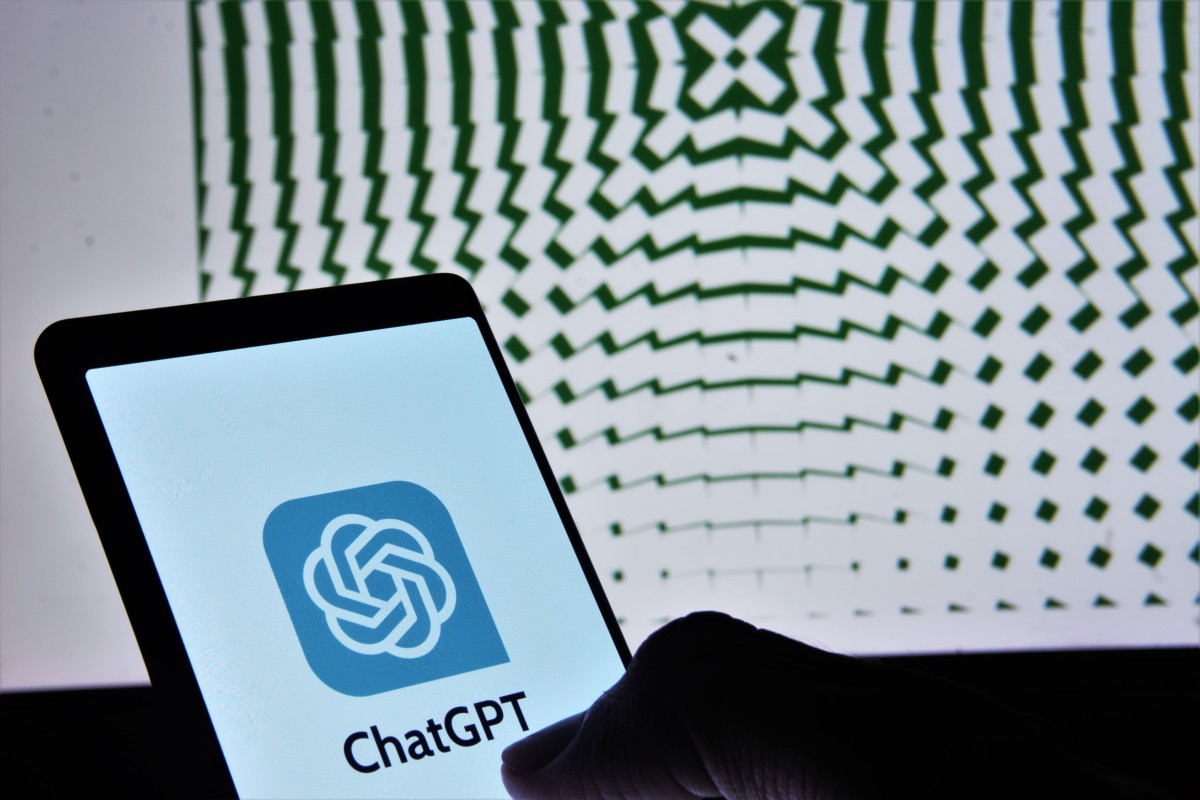Connect ChatGPT to the Internet via ‘Browse with Bing’
Are you ready to take ChatGPT to the next level? Imagine a world where ChatGPT, OpenAI’s impressive language model, can seamlessly access the vast resources of the internet. Well, get ready because that future is now! OpenAI has recently introduced a new feature called ‘Browse with Bing’ that allows users to connect ChatGPT directly to the internet. This groundbreaking integration opens up endless possibilities for information retrieval and real-time data analysis. In this article, we will explore how ‘Browse with Bing’ works and delve into some exciting use cases that demonstrate its potential.
Overview of ChatGPT and its capabilities
ChatGPT is an advanced language model developed by OpenAI, designed to have engaging and interactive conversations with users. Unlike its predecessor, GPT-3, which was primarily trained on static text data, ChatGPT was specifically fine-tuned for conversation using Reinforcement Learning from Human Feedback (RLHF). This new approach greatly improved its conversational capabilities and made it more user-friendly.
One of the most impressive aspects of ChatGPT is its ability to understand context and generate responses accordingly. It can provide informative answers, hold coherent conversations, and even play the role of different characters or personas. Moreover, it excels at taking user instructions precisely, allowing users to shape discussions in a way that suits their needs. This opens up a wide range of applications for ChatGPT, from providing customer support and generating creative content to assisting with brainstorming sessions or even acting as a virtual assistant.
Currently available through API access only, ChatGPT has limitations such as occasional incorrect or nonsensical answers. To address these shortcomings and ensure responsible AI usage while gathering more feedback from users, OpenAI has introduced safety mitigations like the Moderation API to warn or block certain types of unsafe content. The team also allows users to provide feedback on problematic outputs through the UI in order to continuously improve the system.
In conclusion, ChatGPT represents a significant breakthrough in natural language processing technology. Its conversational abilities are impressive and open up numerous possibilities for practical applications that can benefit both individuals and businesses alike.

Connecting ChatGPT to the Internet: A challenge
Connecting ChatGPT to the internet is no small feat. While the language model itself is highly advanced and capable of generating human-like responses, integrating it with real-time internet browsing presents its own unique set of challenges. One such challenge is to ensure a seamless and secure connection that allows ChatGPT to access information from the web while also maintaining user privacy.
Integrating browser functionality with ChatGPT requires careful consideration of potential security vulnerabilities. It’s crucial to protect users from malicious websites or phishing attempts while still enabling them to browse the web effortlessly within the conversation context. Additionally, managing bandwidth usage becomes essential as ChatGPT interacts with online content in real-time.
Successfully connecting ChatGPT to the internet opens up a world of possibilities for enhanced conversational experiences and knowledge accessibility. By utilizing Bing’s Browse feature, users can now find answers, pull in snippets of relevant information, or even navigate through specific websites – all without leaving their conversation window. This integration not only makes conversations more interactive but also enables users to incorporate up-to-date information into their discussions effortlessly.
However, ensuring a smooth and reliable browsing experience within a conversational AI system like ChatGPT does require striking a balance between speed, accuracy, and privacy. The technology is still relatively new and must be continuously refined in order to deliver optimal results while addressing potential concerns related to internet connectivity issues or unintentional data leakage.
Introducing ‘Browse with Bing’ feature
Introducing the ‘Browse with Bing’ feature brings a whole new level of functionality to ChatGPT. With this addition, users can now experience the internet right from within the chat interface. By integrating Bing’s search capabilities directly into ChatGPT, users have access to a vast array of information, resources, and web pages without ever needing to leave the conversation.
This feature opens up endless possibilities for collaboration and research. Whether you need to quickly fact-check something or dive deep into a specific topic, ‘Browse with Bing’ empowers users by providing instant access to accurate and relevant search results. It eliminates the need for toggling between different applications or windows and allows for a seamless browsing experience that enhances productivity and efficiency.
Furthermore, integrating ‘Browse with Bing’ introduces a more dynamic conversational experience. Instead of relying solely on pre-existing knowledge, ChatGPT can now pull real-time information from the web while engaging in conversations. This means that ChatGPT has become not only an impressive language model but also an intelligent companion capable of continuously expanding its knowledge base as it interacts with users. The ‘Browse with Bing’ feature enables ChatGPT to offer up-to-date answers, stay attuned to current events, and provide quick access to valuable resources—making it an invaluable tool in our increasingly connected world.

Step-by-step guide to connect ChatGPT with ‘Browse with Bing’
With ChatGPT, OpenAI has introduced a powerful language model capable of generating human-like text. However, by default, ChatGPT does not have direct access to the internet. Users often find it limiting because they cannot employ browsing capabilities directly with the AI model. Thankfully, there is a way to connect ChatGPT with ‘Browse with Bing’ and unlock its potential for browsing the web.
To connect ChatGPT with ‘Browse with Bing,’ you need to follow a step-by-step guide. First, open a web browser and navigate to chat.openai.com where you can access the ChatGPT interface. Next, click on your profile name in the top right corner and select ‘API Keys.’ After that, use your preferred programming language or tool to make requests to OpenAI’s API endpoint. To integrate ‘Browse with Bing,’ pass an object containing `browsing: true` as one of the parameters in your API request.
By connecting ChatGPT with ‘Browse with Bing,’ users can take advantage of its searching capabilities which allows them to query information from various sources on the internet without leaving the ChatGPT interface. This integration opens up new possibilities for researchers conducting experiments, content creators gathering data and references, or simply users seeking quick answers during conversations. It enhances efficiency by eliminating constant switching between tabs or applications while interacting with ChatGPT and empowers users by providing seamless access to vast knowledge available online through the familiar search engine experience provided by Bing.
Benefits of connecting ChatGPT to the Internet
Connecting ChatGPT to the internet via ‘Browse with Bing’ brings a plethora of benefits that can greatly enhance the user experience. Firstly, integrating ChatGPT with internet access allows for real-time information retrieval and updates. Users can ask questions and receive up-to-date answers from reliable sources across the web without constantly relying on outdated pre-programmed responses. This dynamic connection opens an endless stream of knowledge, making ChatGPT more versatile and accurate in providing information.
Additionally, connecting ChatGPT to the internet fosters collaborative learning between humans and AI. Users can engage in meaningful conversations with ChatGPT about current events, trending topics or even niche interests. By leveraging its ability to browse the internet, ChatGPT becomes a valuable tool for research, education, and staying informed about all manner of subjects.Such proactive interaction encourages users to develop critical thinking skills while deepening their understanding of complex issues.
Moreover, enabling internet access for ChatGPT transforms it into an unparalleled personal assistant. With browsing capabilities, it can help users with tasks such as looking up recipes or finding detailed product information online before making a purchase decision—saving time and effort by delivering personalized recommendations based on user preferences.ChatGPT’s integration with ‘Browse with Bing’ not only expands its horizons but also offers a seamless and convenient way to explore the vast expanse of knowledge found on the world wide web.

Potential use cases and applications for connected ChatGPT
Connected ChatGPT has the potential to revolutionize various industries and fulfill a wide range of applications. One exciting use case is in customer support. With its ability to understand and generate human-like responses, ChatGPT could be employed as an intelligent virtual assistant, providing instant help and resolving customer queries efficiently. This would not only enhance the customer experience but also save valuable time and resources for businesses.
Another promising application lies in language translations. Connecting ChatGPT to the internet opens up new possibilities for real-time translation services. Imagine being able to communicate effortlessly with people from different countries without language barriers. Connected ChatGPT could facilitate seamless communication by instantly translating conversations across languages, bridging gaps and fostering global understanding.
In addition to these practical applications, connected ChatGPT can also serve as an educational tool. It could be utilized as a personal tutor or mentor, answering questions on various subjects and assisting with learning material. By providing personalized guidance based on individual needs, connected ChatGPT has the potential to democratize education and make learning accessible to everyone.
Overall, the potential use cases for connected ChatGPT are vast and diverse. From improving customer support to breaking down language barriers and transforming education, this technology holds immense promise for enhancing various aspects of our lives in the interconnected digital age.
Conclusion: The future possibilities with connected ChatGPT
The future possibilities with connected ChatGPT are truly exciting. By integrating it with the internet through ‘Browse with Bing,’ we open up a whole new world of potential applications. One area where this technology could make a significant impact is customer service and support. Imagine being able to have natural, conversational interactions with AI-powered chatbots that can understand and respond to your specific needs in real-time. This would not only enhance efficiency but also improve customer satisfaction by providing personalized assistance.
Furthermore, connected ChatGPT has the potential to revolutionize language learning and translation services. With its ability to browse the internet, it can access vast amounts of information and provide instant translations or explanations for various languages. This opens up opportunities for more immersive learning experiences as well as facilitating communication between individuals who speak different languages.
In addition, connecting ChatGPT to the internet allows for continuous learning and improvement. As it interacts with an ever-expanding array of online content, it can acquire new knowledge and stay updated on the latest information across multiple domains. This makes the AI system adaptable and capable of addressing a wide range of topics, serving as a valuable resource in fields like research, education, or even journalism.
Overall, the integration of connected ChatGPT with the internet through ‘Browse with Bing’ marks a significant advancement in AI capabilities. It paves the way for enhanced customer support experiences, improved language services, and continual growth in knowledge acquisition.



